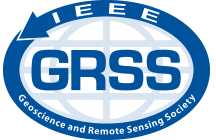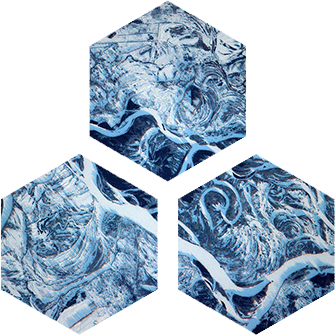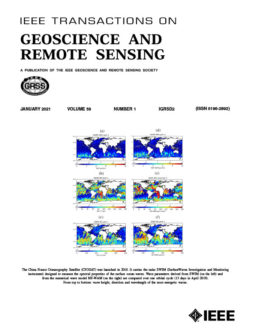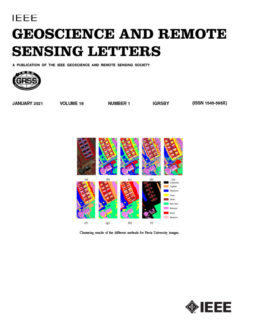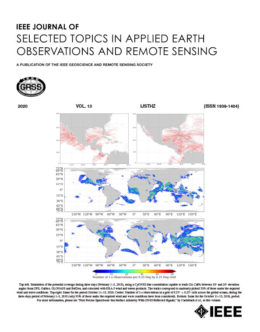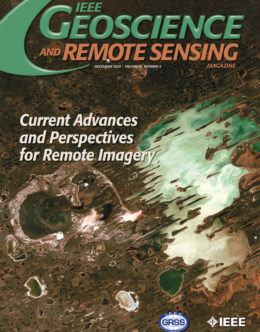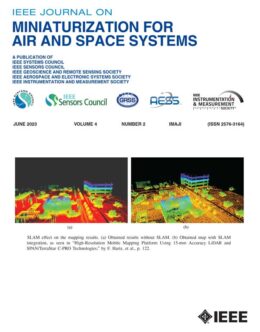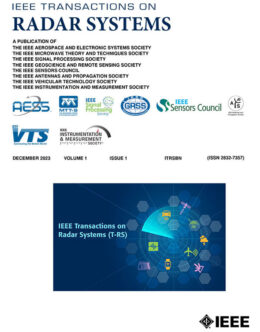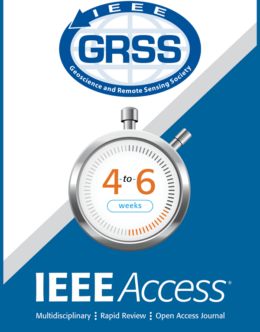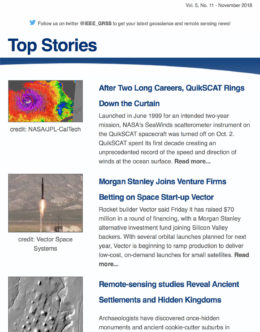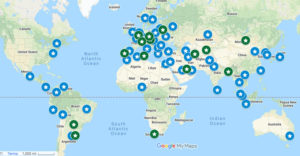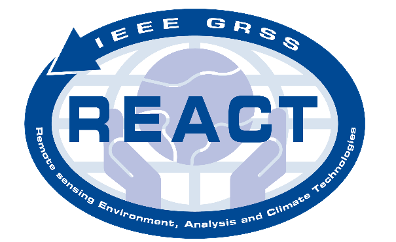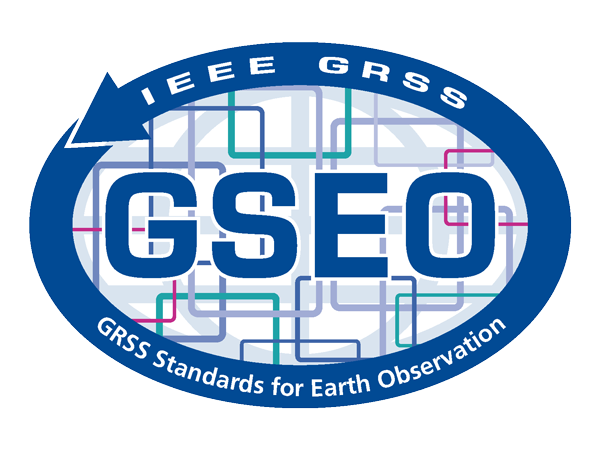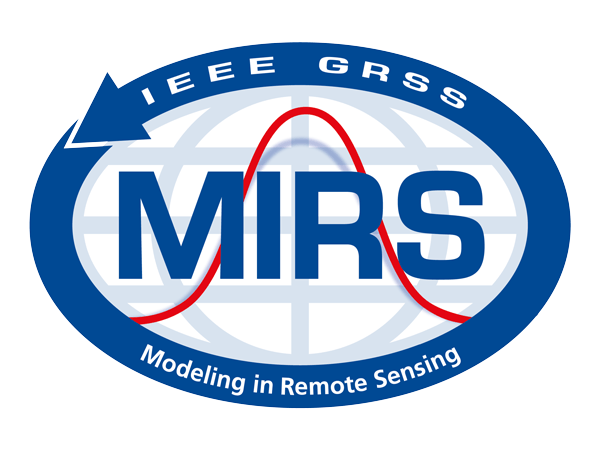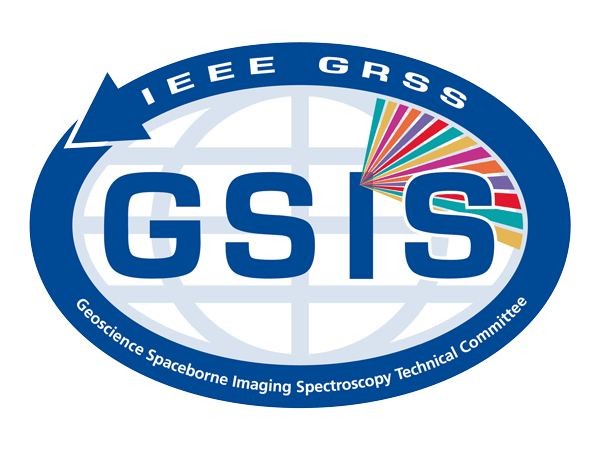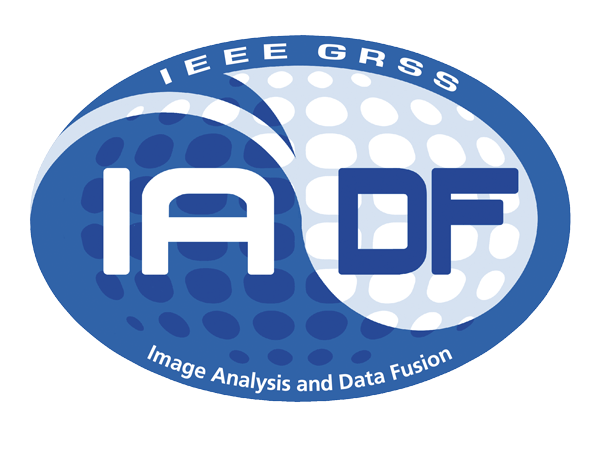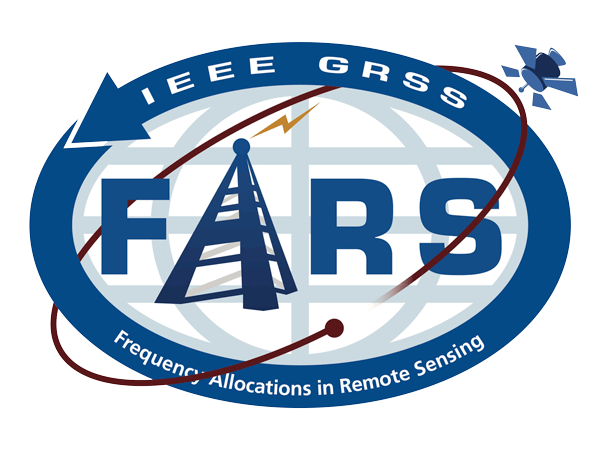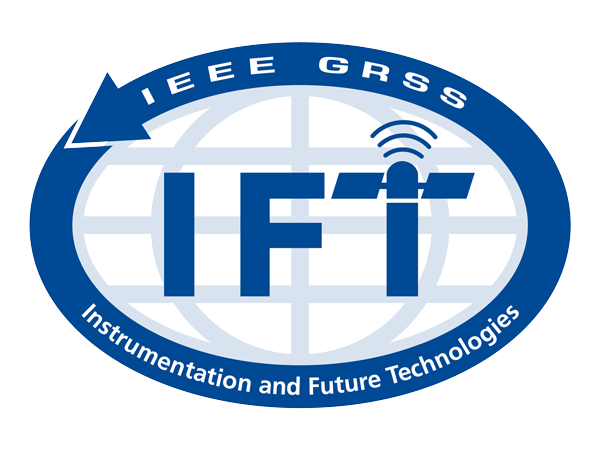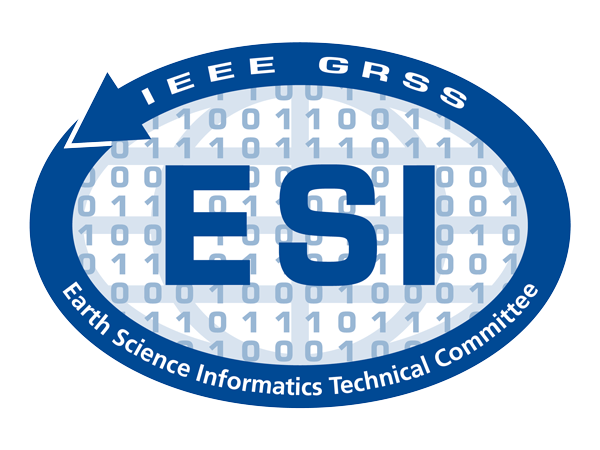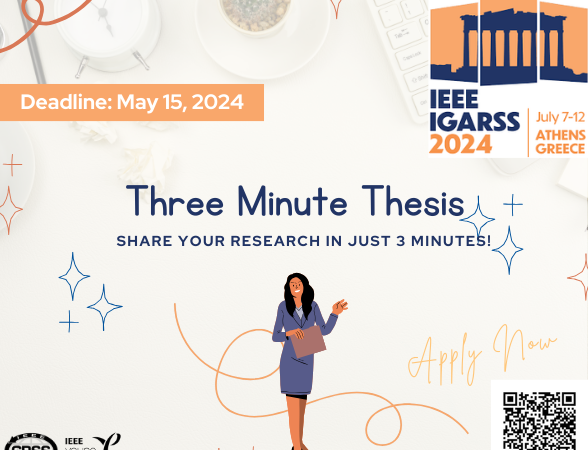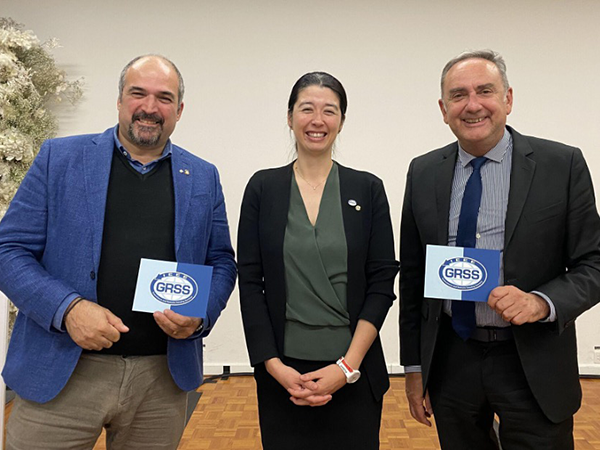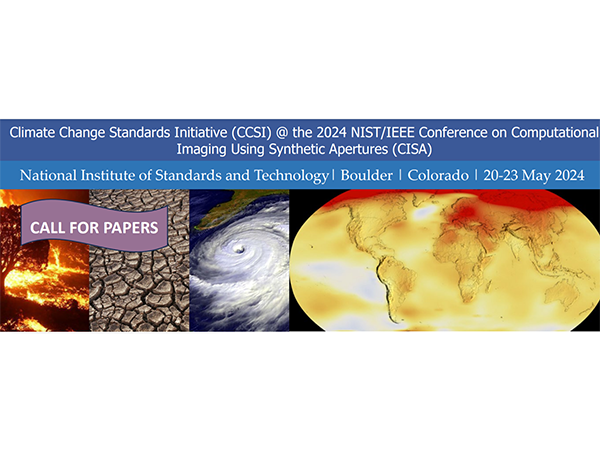Monday, January 15, 2018
Speaker: Dr. Shen-En Qian, Canadian Space Agency, Canada
Sponsored by GRSS

GRSS Webinar: Satellite Image Compression, Dimensionality Reduction, and Quality Metrics
Dr. Qian has been granted a series of patents worldwide on onboard near-lossless data compression techniques that tackle the huge data volume generated by satellites and the bottleneck of transmitting the data from space to ground. Modern satellites produce scientific data with large dimensionality, which presents a challenge to traditional satellite data processing techniques. Many conventional data processing methods may not be applied without dimensionality reduction as a preprocessing step. He developed novel nonlinear dimensionality reduction techniques as well as techniques to simultaneously reduce dimensionality and noise of multidimensional satellite data. To fill void in the assessment of satellite image quality after postprocessing or enhancement, Dr. Qian proposed four reduced reference quality metrics in the absence of a full reference. These reduced reference metrics have been well used to assess the satellite image quality. In this lecture, Dr. Qian will briefly introduce a number of innovative satellite signal processing technologies developed at the Canadian Space Agency for overcoming technical challenges in the development of Canadian space missions. He will also show the experimental results of the technologies and demonstrate how the innovative technologies benefit scientific community and better serve the Earth observation applications.
SPEAKER’S BIO:
Dr. Shen-En Qian (M’97–SM’03) received the B.Eng. degree in industrial electrical automation from the Hefei University of Technology, Hefei, China, in 1982, the M.S. degree in optoelectronics from the Chinese Academy of Sciences, Beijing, China, in 1985, and the Ph.D. degree in communication and electronic systems from Jilin University, Changchun, China, in 1990.,From 1985 to 1993, he was a Professor with the Changchun Institute of Optics and Fine Mechanics, Chinese Academy of Sciences, Changchun, and he was with the Departement de Recherche Spatiale, Observatoire de Paris-Meudon, Centre National de la Recherche Scientifique, Paris, France, for one and a half years. Since January 1995, he has been with the Canadian Space Agency, St-Hubert, QC, Canada, where he is currently a Senior Research Scientist. He is the scientific authority of Canadian government contracts in the development of space technologies and satellite missions. He is the Head of an R&D team in the development of space technology and spaceborne electro-optical instruments and their applications for remote sensing. He is the holder of eight U.S. patents, three European patents, and several pending patents. He is an author or coauthor of three books and over 100 scientific papers in the areas of spaceborne optical sensors, satellite sensor data enhancement, compression, processing and analysis, Earth observation applications, data handling systems of spacecraft payloads, space data and information systems, hyperspectral imagery, remote sensing, optoelectronic signal detection and reception, weak-signal detection, and intelligent instrumentation.,Dr. Qian is a Fellow of the Society of Photo-Optical Instrumentation Engineers. He was the recipient of the Marie Curie Award (European Community International Scientific Cooperation Program) in 1992. He was twice the recipient of the Director Award of Federal Government of Canada in 1999 and 2002 for his outstanding contribution to R&D in space technology and satellite mission within the government facility. He was also the recipient of the Award of Canadian Government Invention in 2004 for his multiple patents for satellite missions.(Based on document published on 24 May 2012)
